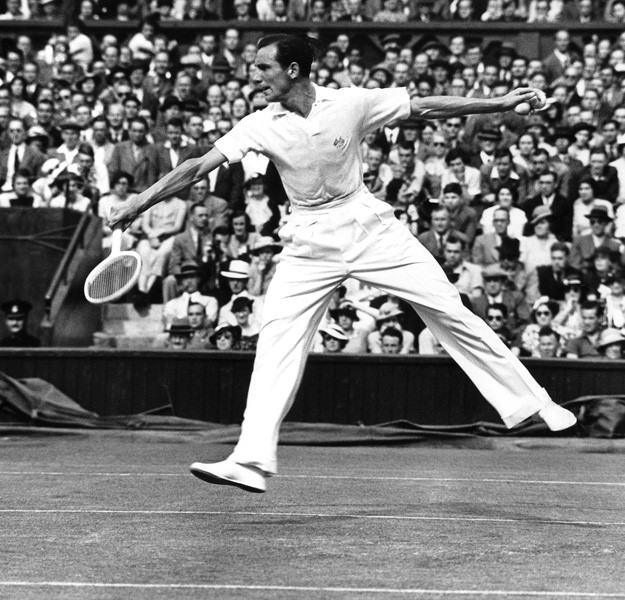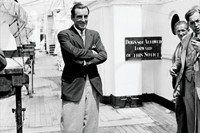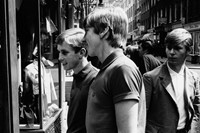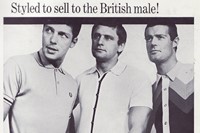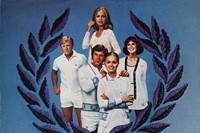Since its conception, the ongoing evolution and diverse appeal of the Fred Perry brand has somewhat shrouded, not only its early heritage, but also the hat-trick-Wimbledon-winner behind the laurel wreath insignia. From his modest, working class
Since its conception, the ongoing evolution and diverse appeal of the Fred Perry brand has somewhat shrouded, not only its early heritage, but also the hat-trick-Wimbledon-winner behind the laurel wreath insignia. From his modest, working class roots, the dashing and talented Perry worked his way to the top of his game, all the while chasing his other great passions: women and movies. He combined these in his hot and gainful pursuit of some of Hollywood’s leading ladies – including Jean Harlow and Loretta Young. As a commentator once declared, “When he goes to Hollywood, male film stars go and sulk in Nevada”. Perry went on to marry four times during his lifetime.
In light of his demanding career and dominant interests, it is perhaps surprising that today it is for his clothing company that Perry is most widely recognised. It was the late 1940s when Australian footballer-turned-businessman, Tiggy Wegner, approached Perry to endorse the first model of a sweatband; Perry agreed, on the proviso that certain details were amended (which they were), and together the men successfully launched the sweatband into the tennis stratosphere and thus began the Fred Perry label. Yet not until the iconic Fred Perry cotton piqué shirt with open honeycomb stitch was brought out in 1952, did the company garner widespread popularity outside of the tennis world and subsequently bridge the gap between sportswear and streetwear (the first of its kind to do so).
The Mod movement seized upon the shirt, buttoned to the top, as a perfect accompaniment to their SB3s and mohair suits, whilst enjoying its durable, aerated design which could last them all through the night and into the following day. Shortly after, the shirt was also taken up by Britain’s Skinheads – partly due to the newly-added coloured piping to collars and sleeves which matched those of the major football clubs – and following that, by the Two-Tone and early Punk movements. Just when the appeal of Perry’s signature piece seemed inexhaustible, it suffered a lull in the latter half of the 1980s but rose triumphant from the ashes upon the advent of 90s Britpop, the pioneers of which, in turning to the past for musical inspiration, also rediscovered the accompanying trends.
Thenceforth, Fred Perry has held tight to its genre-spanning place among British fashion heritage, and all the while continues to develop. Amy Winehouse was one of the most recent, standout exponents of the brand and designed her own monochrome range for them shortly before her untimely death in July. Fred Perry continues to market its preppy and modish Authentic collections – including, of course, the famed shirt – emblazoned with the original 16-leaved laurel wreath (adopted from Perry’s Wimbledon-winner’s emblem from his 1934 success), alongside a new Laurel Wreath collection for A/W11, which sports a re-branded wreath of 30 leaves. Here, the clean-cut Mod silhouette remains but the designs break more from tradition, with an increased focus on detail and a new experimentation with textures and patterns, especially tartan.
And so what started as a humble idea for a sweatband for tennis players is now a global fashion brand of contemporary relevance. But what what did Fred Perry make of the remarkable creation which bore his name and overshadowed his more personally achieved sporting feats? He was, in fact, refreshingly open and self-aware, writing in later life, "Being a realistic man, I have never worried about admitting that my name is better known worldwide, not for winning Wimbledon three times, but because of Fred Perry shirts and sportswear."
Text by Daisy Woodward
